Lucy Heskins, an early-stage startup marketing advisor at Oh, blimey, has spent the last 10 years in B2B SaaS. She created Oh, blimey as a resource for first-time founders and marketers looking to join their first startup.
Validating ideas and building startups can be messy and Lucy applies the knowledge gained from her own experiences to focus on helping this type of customer. After holding marketing manager and marketing director roles, it was at Careercake, an early-stage startup, that she learned “much of what you thought you knew goes out the window” when marketing at these types of companies.
What was the appeal? The challenge of customer development, customer research, and product validation all drew her in.
Working with first-time founders
While Lucy works with companies that come to her with funding and a good start in finding product-market fit, she likes the challenge of working with first-time founders. Startup life, in reality, is often at a mismatch with what the founder may have expected:
“A lot of the time you spend you’re spending multiple plates, keeping investors or potential investors, happily talking to customers, and it can be quite challenging. For me, the challenge in helping them to articulate their value proposition, working out if there’s even a problem that needs solving, looking at the tech, looking at the product, looking at the pricing, helping them understand whether there’s an idea there that can be validated that could be commercialized and then released into market — that’s the fun part.”
Jane and Lucy agree that second-time founders are more realistic given their experience. Bringing her experience from a founding team, Lucy can have a bigger impact on these first-timers as they may not have some of the basics of managing a startup yet. Agreeing with a recent sentiment about being “a bit crazy” to thrive at a startup:
“You’ve got to be happy with failure. You’ve got to be able to celebrate the small wins. Yeah, we’re odd creatures, but it’s something that I really, really love.”
As far as ideal industries to work with, she likes working in the people industries best where technology solves complex people problems, much like Jonny Burch from a recent episode.
Go-to-market strategy
A go-to-market strategy differs from a regular marketing strategy because it’s focused on bringing that new product to a new audience in a new market — all for the very first time. Lucy notices a theme that, occasionally, when the phrase go-to-market is used at startups, it can expose that the founders may not have done some of the groundwork in preparation:
“Some founders or some businesses haven’t done the research yet. They haven’t looked at the size of the market. They haven’t really dug into why a customer would even contemplate buying, or repeat purchasing their service. It’s something that is often left to the last minute. In my opinion, it should be looked into and built at the same time as you’re developing your product because it takes time researching and testing different channels.”
When planning a go-to-market strategy with her customers, Lucy focuses on three areas. The first is for the startup to identify customers. The second is to plan how to reach them. The third is to look at the foundations of scaling. We should think about scaling as starting completely fresh:
“There’s lots of advice out there that talks about how do you secure your first 100 customers? Whereas I come at it from the angle of, how do you secure your first customer? And what if you don’t have those existing networks to dig into and ask for referrals, how do you start cold?”
Part of the answer is to dig deep — past the generic, superficial buyer personas. We should be asking:
“What are their job titles? Where do they sit within the organization? What kind of industry? What’s the level that they occupy within the business, but also things like the psychographics. So what are their goals? What are their challenges? What keeps them up at night? What is standing in the way of them progressing at work?”
Frameworks and resources
Frameworks make asking these customer questions easier. Lucy is a big fan of Customer Camp. Their resources include call sheets, structured surveys, and interview questions with the goal of understanding the triggers behind certain behaviors.
Books can be a great resource too:
“I’m a massive fan of a book called ‘The Mom Test’ by Rob Fitzpatrick as well. We used that at Careercake, a startup I was working at, and that was mind-blowingly awesome as to how it changed our conversations. We realized that we were asking biased questions. We were people-pleasing. We were talking to the people that said that they loved their product, even though they would never buy our products. So that was a really useful tool.”
The Mom Test exposes our human nature not to let others down and it’s important to understand this as marketers while we attempt to collect accurate feedback to shape our go-to-market strategies.
“Traction” by Gabe Weinberg is another great resource. However, the book outlines 19 different acquisition channels — too many for a newer startup founder to juggle, or even consider. A related framework by Dan Hockenmaier groups these channels into “growth lanes” so that it’s possible to focus better on a few channels within a single growth lane.
Following in the footsteps of companies like Dropbox, Canva, and Salesforce, Lucy recommends testing just a few acquisition channels as well:
“Typically, when we work with early stage startups, they might test about four channels. It’s usually my advice to hammer down on and focus on two because you’re still learning about how your audience buys. You’re still learning what the project could be and helping them to solve it in the long term as well.”
Scaling: product-led vs. sales-led growth
Jane asks more about scaling and the differences between some popular approaches. Lucy describes some key characteristics that product-led growth relies on the strength of your platform:
“These businesses or these products are a lot more simple or easy to use. The value that they offer is there immediately. They’ll probably have a very good onboarding process.”
If product-led is considered low-touch, sales led is high-touch:
“If you look at a business that is sales-led, typically it’s because the product is going to be complex. As soon as you introduce a sales team or self-led approach, you know that there’s going to be a high CAC, which means that the average order is going to be a lot higher as well.”
Customer-led growth is another framework that falls somewhere in between the two. As far as go-to-market strategy is concerned, it’s important that whatever you choose, your pricing can financially support the level of involvement from your team. Lucy uses her time at Careercake as an example:
“We saw this appetite for online learning and we saw this interest in learning management systems as well. So we figured that there was something there. Our acquisition channels were SEO and content marketing. That is things like white papers, and educational content to say this is a different way to deliver careers and activity and also sales.”
After onboarding prospects manually for a period of time using these channels, they switched over to product-led as they were able to automate some of their processes.
Content Marketing
When it comes to Lucy’s content marketing advice, you can figure out what content to make by:
“Speaking to your customers and working out what their objections are at each stage of the buying process.”
In her case, at the time, that first required content to drive adoption despite initial hesitation and misunderstanding among target users. After they were able to get buy-in from users, they realized these users in HR needed a signoff from their procurement departments to purchase the recruitment software. This created another content opportunity:
“We identified an opportunity in this one business to build a downloadable kit on how to build a business case for recruitment software. It was a template that they could pop the numbers in and give it to their boss and say, ‘Look, here’s the potential returns.’ They needed help to articulate, but also to visualize what the result would be if they subscribed to our platform.”
Hiring writers in-house instead of outsourcing was also a strategy that allowed them to churn out content very quickly.
Final advice
Do speak with your customers in their environment.
“If there is an opportunity to understand how your customer is going to use your product in their environment, you can see what is fighting for their attention. You can see the competitors that are coming into their inbox. You could see the influence that their boss might have, or their colleagues might have.”
Don’t get sucked into the sales pitch if you are joining a startup.
“If you are going in as the first marketer or the first product marketer and you’re really energized by the startup founder’s vision and story, then that’s great. But you need to do a bit of homework.”
Thanks for listening! If you found the episode useful, please spread the word on Twitter mentioning @userlist, or leave us a review on iTunes.

